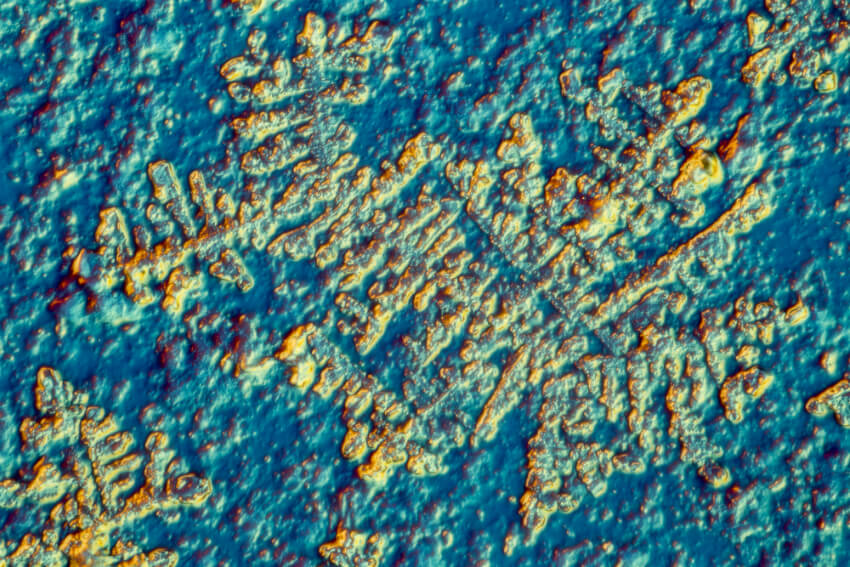The Hidden Powers of Blood, Sweat, And Tears

Science is uncovering how our bodily fluids may contain important cures for diseases like cancer and sepsis, and unlock clues to our bodies.
Bodily fluids have a PR problem. Mention blood, sweat or breast milk at a dinner party and you’re certain to make your dining companions squeamish. But, in fact, naturally occurring bodily liquids hold important clues to potential cures. In recent years, scientists have discovered several compounds that point to possible treatments for disease and help us better understand the mysteries of the human body.
Read on to learn more about what medicine is learning from the healing powers hidden in our bodily fluids.
Sweat
We may take it for granted as the odor-filled byproduct of a good workout, but, in the future, sweat may be used in testing for toxins, diseases, and infections. In August, the U.S. Air Force Research Laboratory awarded a $3.96 million contract to a Cincinnati-based research firm that is developing sweat sensors to monitor multiple human biomarkers. Using disposable skin patches, these sensors can capture real-time data from sweat secretions, and tell people if they’re dehydrated, stressed, or need to take their medications. Sweat testing holds the potential to be a convenient alternative, in limited cases, to collecting blood and urine samples.
Tears
Tears are a part of everyday life, yet they remain a scientific mystery. We know that humans are the only primates that cry, but there is still much debate over why we shed tears. One theory is that tears trigger human bonding and social connection. In the past, tear research has been limited by the fact that collecting samples of these salty drops can be challenging. And finding tear donors, especially males, can be hard to come by. Another challenge is that tears need to be studied in a fresh state.
To help advance tear research, Noam Sobel, a neurobiologist at Israel’s Weizmann Institute of Science, has developed a technique to flash-freeze tears so they can be stored in a tear bank, which are not unlike the biobanks that store blood, urine and tissue samples. In the future, they hope to build a large enough collection of tears that researchers can order samples based on gender and age. With more tear samples to study, science can continue to make fascinating discoveries, such as Sobel’s 2012 study finding that female tears contain pheromones that reduce male’s sexual arousal and testosterone levels.
Umbilical Cord Blood
Scientists have recently isolated a special protein found in umbilical cord blood that can be used to develop therapies to fight inflammation and sepsis, a condition where the immune system goes into overdrive to fight infection. The protein known as neonatal NET inhibitory factor (nNIF) circulates in the bodies of infants for up two weeks and is not found in older babies or adults.
Breast Milk
While human breast milk has been the stuff of controversy lately, as body builders have been buying it on the black market for its purported muscle-building properties, it’s long been a source of scientific research for its immune-building and infection-fighting abilities. Compounds in breast milk have been studied to treat conditions such as Crohn’s disease, diabetes, and cancer. While most of this science in its early stages, among the most prominent research is on HAMLET — a protein lipid found in breast milk that attacks cancer tumors while sparing healthy cells.
Discovered by scientists in Sweden in 1995, HAMLET (Human Alpha-lactalbumin Made LEthal to Tumor cells) is formed in the acidic environment of babies’ stomachs and has been shown, in lab tests, to kill up to 40 different types of cancer cells. This protein-fatty acid duo is believed to selectively seek out cancer cells, enter its nucleus, and damage its DNA, leading to cell death.
